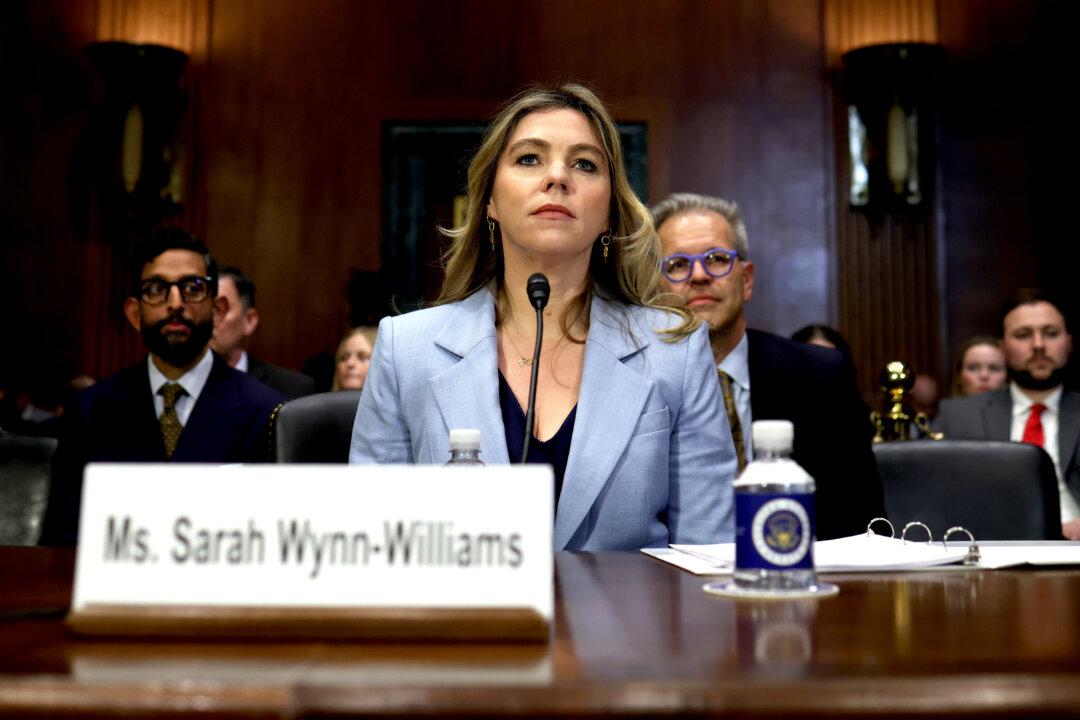The amendment was opposed by pro-life advocates and others who felt its language was overly broad and left too much open to interpretation, including whether abortion would be permitted through all nine months of pregnancy.
Proponents, meanwhile, pointed to a provision that abortion “may” be prohibited after fetal viability—generally accepted to be at about 22 to 24 weeks gestation—as evidence that the state would still be able to regulate the procedure.
The amendment’s passage has been heralded by abortion advocates nationwide as a harbinger of future victories to come, and they aren’t wasting time.
Ohio 2.0?
Echoes of Ohio’s Issue 1 can already be seen in a burgeoning fight over a proposed constitutional amendment in South Dakota.There, Republicans are pushing back against a proposed amendment to their constitution that would prohibit the regulation of most abortions, with limited exceptions.
Specifically, the amendment would guarantee a right to abortion for any reason during the first 13 weeks of pregnancy. During the second trimester, or weeks 14 through 26, the state would only be permitted to regulate a woman’s abortion decision in ways that are “reasonably related to the physical health of the pregnant woman.” And in the third trimester, the state would be able to regulate or prohibit abortion, except in cases where the mother’s physician decides it is necessary to preserve her “life or health.”
But opponents of the measure, as with Issue 1, say its language is so broad that the ultimate effect would be legalized abortion through birth.
“In Doe v. Bolton, the Supreme Court interpreted an undefined health exemption to include all factors including psychological, emotional, physical, familial, age, and so on. … So, the way they have that written, it’s clearly legalizing abortion through all nine months,” Republican state Rep. Jon Hansen told The Epoch Times.
Mr. Hansen, who leads the opposition to the amendment as co-chair of the Life Defense Fund, said the measure would also cancel out his state’s existing protections for women and unborn babies—another fear that was espoused by Issue 1’s critics.
Due to a 2005 trigger ban that took effect upon Roe’s reversal, South Dakota currently prohibits abortion in all circumstances save those that pose a threat to the mother’s life. However, other regulations remain on the books, including the requirement of parental notification for minors seeking abortions and a 72-hour waiting period before an abortion provider can perform the procedure on a patient.
For the proposed amendment to be certified for next year’s ballot, petitioners need to obtain just over 35,000 signatures by May 7, but their tactics for doing so have landed them in hot water with the state’s Republican Attorney General Marty Jackley.
In an Oct. 31 letter obtained by The Epoch Times, Mr. Jackley scolded the amendment’s sponsor, Dakotans for Health co-founder Rick Weiland, over video and photographic evidence his office received allegedly showing circulators leaving petitions unattended, allowing signatories to sign more than once, and misleading voters about what the proposed amendment would do.
“Undoubtedly, what will happen … is that millions and millions of dollars from outside of this state will flood in so that they can continue their campaign of lying, misleading the people of South Dakota into approving this abortion amendment,” he contended.
Battles for the Ballot
No legal action has been taken in South Dakota just yet, but in the states of Missouri and Florida, litigation is already underway as Republican state officials seek to thwart pro-abortion ballot initiatives.In Missouri, the fall of Roe gave way to a complete ban on abortion, except for in medical emergencies. Next year, abortion advocates hope to change that by passing a constitutional amendment that would allow the procedure up until fetal viability.
Last month, a Missouri appeals court found that the summaries’ claims that the amendments would allow for “dangerous, unregulated, and unrestricted abortions, from conception to live birth, without requiring a medical license or potentially being subject to medical malpractice” were unfair and inaccurate. However, the panel largely upheld a lower court’s rewritten versions of the summaries as more impartial.
“Today, the courts upheld Missourians’ constitutional right to direct democracy over the self-serving attacks of politicians desperately seeking to climb the political ladder,” the American Civil Liberties Union of Missouri said in a statement.
The group also praised the decision as “a complete rebuke of the combined efforts from the Attorney General and Secretary of State to interfere and deny Missourian’s their right to initiative process.”
Mr. Ashcroft, who is running for governor, plans to appeal.

Meanwhile, in Florida, another legal battle is being waged by Republican Attorney General Ashley Moody, who hopes to keep an amendment off the ballot that would extend access to abortion until fetal viability or to protect the mother’s health. Both situations would ultimately be determined by a woman’s health care provider.
Ms. Moody has asked the Florida Supreme Court to intervene, arguing that the amendment does not clearly define “viability,” the potential health exceptions, and whether the provider must be a doctor. Proponents hold that the text is clear.
Petitioners have already gathered more than half of the 891,523 signatures they need by Feb. 1 for the amendment to be certified. Once on the ballot, the measure would then require the approval of 60 percent of voters to pass.
Other Citizen-Led Efforts
In a handful of other states, similar ballot questions aiming to either restrict or protect abortion access have been initiated by advocate groups.In Arizona, Nebraska, and Nevada, abortion advocates have put forward amendments that would guarantee abortion access up until fetal viability, with an exception for cases where the mother’s life or health are endangered. As with similar proposed amendments, the point of viability would be determined by the mother’s health care provider.
In Nebraska, a 12-week abortion limit took effect on Oct. 1 after the state’s Republican Gov. Jim Pillen signed it into law in May.
Arizona law currently limits abortion at 15 weeks, though the state’s Democrat Gov. Katie Hobbs has barred county prosecutors from bringing abortion-related cases. And though Nevada already permits abortion through 24 weeks of pregnancy, advocates are hoping to protect the status quo by cementing it in the state’s constitution.
Lawmakers Push for Change
Another way measures can end up on the ballot is if they are approved by a state’s legislature.In Maryland and New York, legislative referendums to enshrine abortion rights in their state constitutions have already been approved for the 2024 ballot.
Both states currently allow abortion until fetal viability and to protect the life and health of the mother. Maryland also includes an exception for fetal anomalies.
Next year, Maryland voters will decide whether to erase those existing limitations by establishing a right to “reproductive freedom,” including the right to “prevent, continue, or end one’s own pregnancy” in their constitution.
Likewise, New York’s proposed amendment doesn’t mention abortion by name but would prohibit the denial of rights to a person based on their “pregnancy, pregnancy outcomes, and reproductive health care and autonomy” in addition to more common categories like ethnicity, sex, age, disability, and others.
Iowa is another state where the Legislature will likely approve an abortion-related constitutional amendment for the 2024 ballot, though with a different goal in mind.
If passed, the proposed measure would establish that the state’s constitution does not recognize or grant a right to abortion or require public funding for the procedure.
Although the state’s Republican-controlled Legislature approved the measure during the 2021–2022 legislative session, lawmakers will need to do so again during the current session for it to make next year’s ballot.
In Pennsylvania, a similar proposal pushed by Republican lawmakers faces the same hurdle, though approval in that case is less likely given Democrats’ slim majority in the state’s lower legislative chamber.







